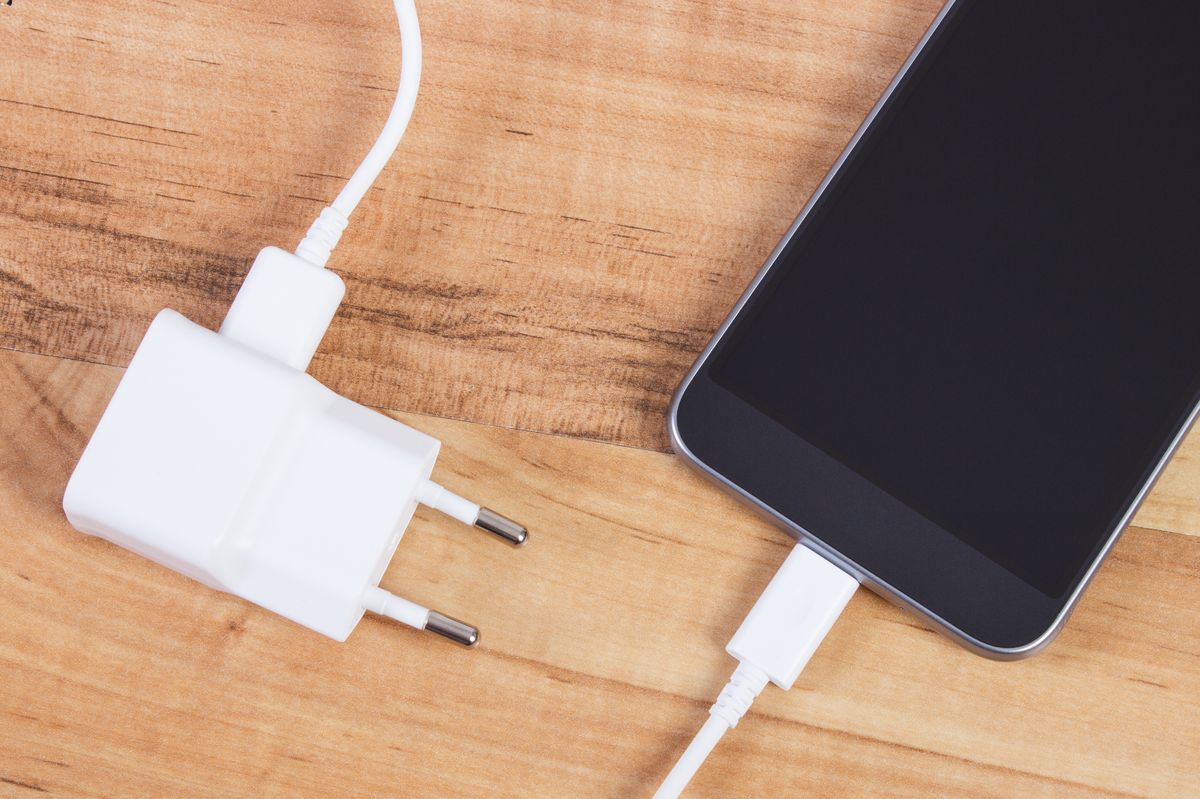
Historical Development
iPhone Chargers
Apple has used two primary types of charging connectors for its iPhones over the years. The first generation of iPhones, released before 2012, utilized a 30-pin dock connector. This connector was a standard feature in many older Apple devices and was widely used for connecting accessories like headphones and speakers. However, with the release of the iPhone 5 in 2012, Apple transitioned to the Lightning connector. The Lightning connector is smaller and more versatile than its predecessor, allowing for faster data transfer and charging capabilities.
In recent news, Apple has announced plans to switch to USB-C charging ports for all its devices, including iPhones, by 2024. This change is mandated by new European laws aimed at reducing electronic waste and promoting universal charging standards. The shift to USB-C will likely simplify the charging process for users, as it is already a standard port used by many Android devices.
Android Chargers
Android devices have adopted a variety of charging standards over the years. Most modern Android phones use USB-C ports for charging, which have become a standard across many Android manufacturers. The use of USB-C allows for faster data transfer rates and supports multiple power delivery standards, enabling faster charging capabilities.
One of the key differences between Android chargers and iPhone chargers is the type of connector used. While iPhones have traditionally used the Lightning connector, Android devices have predominantly adopted USB-C. This difference in connectors means that an iPhone charger cannot be used to charge an Android device, and vice versa, unless the charger is specifically designed to be compatible with both types of devices.
Technical Specifications
Power Delivery Standards
Both iPhone and Android chargers support various power delivery standards that determine how quickly a device can be charged. For instance, Apple's Lightning connector supports fast charging capabilities, which were originally introduced in Android devices. The latest iPhones can charge up to 50% in 30 minutes using a 20W wall adapter, while some high-end Android devices can charge even faster using Quick Charge 3.0 by Qualcomm.
The Power Delivery (PD) standard is crucial for ensuring that chargers work seamlessly with different devices. This standard allows chargers to negotiate the required power levels with the device, ensuring safe and efficient charging. Most modern chargers, including those designed for Android devices, comply with the PD standard. However, some non-compliant chargers may only provide a fixed amount of power, which could be insufficient for high-power devices.
Charging Speeds
The charging speed of a device is influenced by both the type of charger used and the device's internal hardware. Fast charging capabilities are now common in both iPhones and high-end Android devices. For example, the latest Samsung Galaxy S22 Ultra can be fully charged in 59 minutes using a 45W charger, which is comparable to Apple's fast charging solution.
However, it's important to note that not all chargers are created equal. Some Android chargers may use proprietary quick charging standards that might not be compatible with all devices. In such cases, the charger may not charge the device at its maximum speed or may even cause issues if it does not comply with standard power delivery protocols.
Practical Implications
Interoperability
One of the significant practical implications of the difference between iPhone and Android chargers is interoperability. Users often find themselves in situations where they need to charge their device using a charger from another brand or type. While it is generally safe to use an Android charger with an iPhone, there are some caveats.
For instance, if an Android charger uses a proprietary quick charging standard, it may not charge the iPhone as quickly as an official Apple charger. Additionally, if the charger does not comply with the Power Delivery standard, it may not negotiate the required power levels correctly, potentially causing issues or limiting the charging speed.
Using an iPhone charger with an Android device is not recommended. The Lightning connector used by iPhones is not compatible with the USB-C ports found on most Android devices. This incompatibility means that an iPhone charger will not be able to charge an Android device, and vice versa, unless the charger is specifically designed to be cross-compatible.
Future Developments
The future of smartphone charging is likely to become more standardized with the adoption of USB-C across all devices. Apple's decision to switch to USB-C for its iPhones by 2024 is a significant step towards this standardization. However, it's worth noting that Apple may introduce custom IC chips into its USB-C ports, similar to the authentication process in the Lightning port. This could mean that non-Apple accessories might not work as well or may have limited functionality, such as fast charging and high-speed data transfer.
The European Union's directive mandating the use of USB-C for charging ports is also driving this standardization. Other countries like India are planning to follow suit, making USB-C a mandatory charging port for all electronic devices by 2025.
Key Takeaways
- Connector Types: iPhones have used 30-pin and Lightning connectors, while Android devices predominantly use USB-C.
- Power Delivery: Both support fast charging, but compatibility with power delivery standards varies.
- Charging Speeds: High-end devices from both camps offer fast charging, but proprietary standards can affect performance.
- Interoperability: Using chargers across different brands can work but may have limitations.
- Future Trends: USB-C standardization is on the horizon, simplifying charging and reducing electronic waste.
